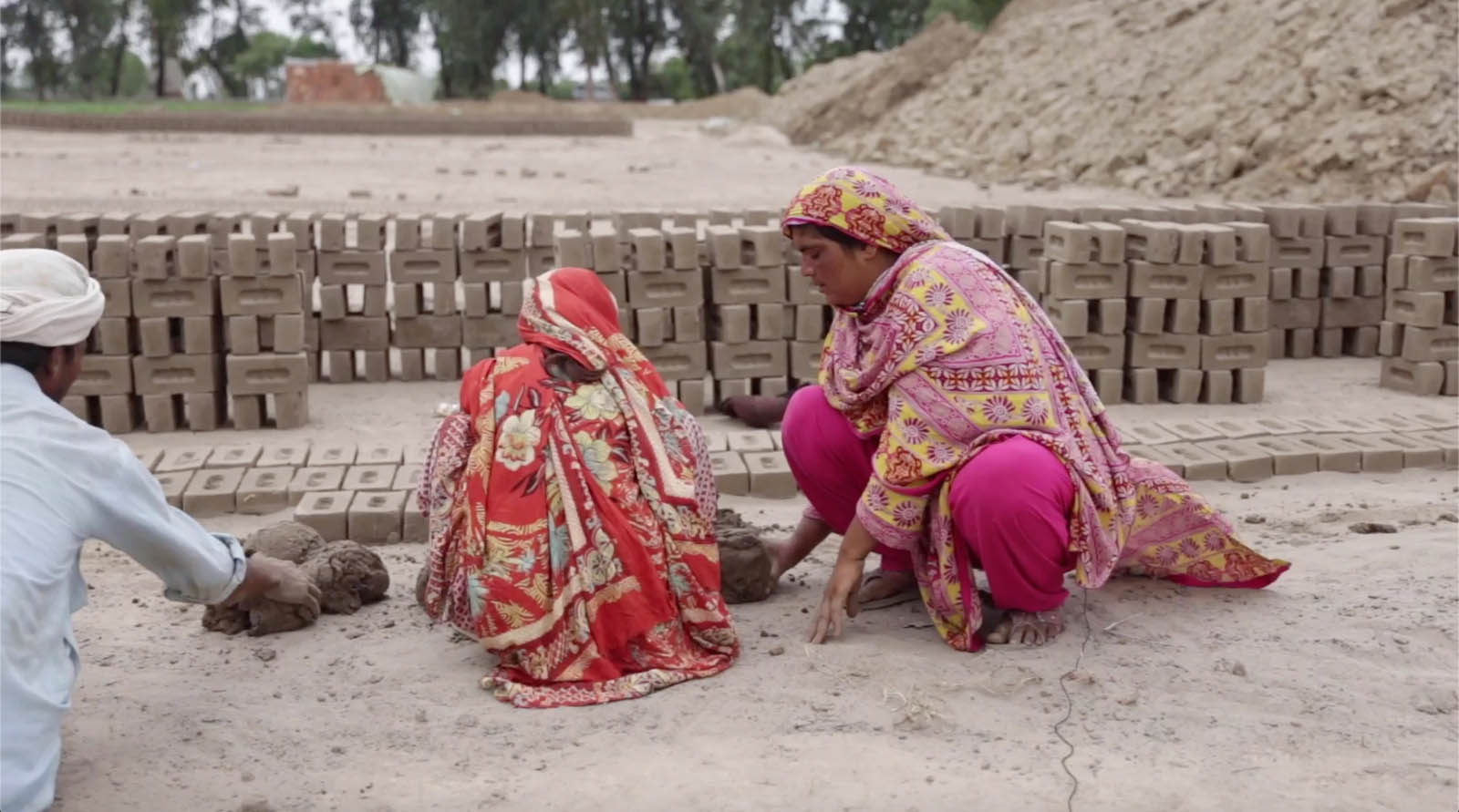Pakistan’s Overlooked Female Labor Force

In the fields of rural Pakistan, where golden wheat stalks sway in the breeze and buffaloes amble through the mud, millions of women rise before dawn. They feed livestock, carry fodder, weed crops, harvest produce, and return home to cook and clean for their families. Yet, these women who form the backbone of Pakistan’s agricultural economy remain invisible in official records and unprotected by the laws that govern the nation’s labor force.
According to the International Labour Organization (ILO), more than 65% of employed women in Pakistan work in agriculture, making it the largest sector for female employment. In rural regions, women comprise up to 70% of the agricultural workforce (AgriEconomist, 2023). Despite this overwhelming presence, their contributions are largely unpaid and unrecognized. The majority of women in agriculture have no formal contracts, receive no minimum wage, and are excluded from social security programs.
The World Bank notes that around 4.4 million Pakistanis are home-based workers, with women constituting a staggering 3.6 million of them. These women, often engaged in labor-intensive crop production and livestock management, are typically confined to informal work arrangements that offer little to no legal protection. Approximately 51% of working-age women in Pakistan have never attended school, limiting their ability to access skilled agricultural employment or modern farming techniques (APTMA, 2024).

A 2022 brief by the Asian Development Bank (ADB) underscores the urgency of addressing gender disparities in Pakistan’s labor market. It highlights that female labor force participation in Pakistan remains below 25%, one of the lowest rates in South Asia. Structural barriers such as limited mobility, low education, and entrenched social norms continue to exclude women from economic life. The ADB advocates for gender-sensitive reforms, better access to finance and skills training, and improved childcare support as key interventions for increasing female participation, particularly in rural and agricultural sectors.
According to the UN Women report, only 6% of women reported using a computer in the last three months, and just 16% own mobile phones, compared to 57% of men. Barriers cited include lack of knowledge (73%), affordability issues (8%), and restrictive cultural norms (6%).
These findings are echoed in the National Report on the Status of Women in Pakistan 2023, published by UN Women and the National Commission on the Status of Women (NCSW). The report reveals that only 21% of women participate in the labor force, compared to 84% of men. Even among women with higher secondary education or above, only 30% are employed. More than half of all employed women (55%) work as unpaid family helpers, in contrast to only 10% of men. This staggering imbalance reflects a deeply entrenched undervaluation of women’s work in agriculture and beyond.
Digital exclusion further compounds this marginalization. According to the UN Women report, only 6% of women reported using a computer in the last three months, and just 16% own mobile phones, compared to 57% of men. Barriers cited include lack of knowledge (73%), affordability issues (8%), and restrictive cultural norms (6%).
In recognition of this systemic neglect, the Sindh government passed a landmark piece of legislation in 2019: the Sindh Women Agriculture Workers Act. The law, the first of its kind in South Asia, aims to legally recognize and protect the rights of women agricultural workers. It guarantees equal pay for equal work, provides written employment contracts upon request, ensures maternity and iddat leave, and allows for unionization and protection from discrimination. Furthermore, it mandates that women be given access to government services related to agriculture, livestock, fisheries, credit, and subsidies.
Women registered under this act are entitled to receive a Benazir Women Agriculture Card, designed to help them access financial benefits and social protection. A new institution, the Benazir Women Support Organisation (BWSO), is set to provide technical and financial assistance. However, more than four years since the law’s passage, implementation remains sluggish. As of early 2021, there had been no formal registration process initiated. Critics, including civil society groups, argue that the law’s requirements such as card registration before forming associations are bureaucratically burdensome and discourage participation (Business Recorder, 2021).
At the federal level, the Ministry of Human Rights and the Ministry of Labour and Manpower have acknowledged the importance of addressing gender disparities in the labor force. Through the National Gender Policy Framework and the Gender Equality and Women Empowerment Policy 2021, the government has pledged to improve women’s access to education, digital tools, and employment protections. Additionally, the Ehsaas program includes economic empowerment components targeted at rural women, offering interest-free loans and vocational training. However, the outreach of such programs remains inconsistent, especially in remote and underserved areas.
Pakistan’s labor unions and advocacy groups, including the Home-Based Women Workers Federation (HBWWF), have been vocal about the need for structural reforms. The HBWWF has pushed for national recognition of women’s home-based and informal labor, demanding inclusion in minimum wage legislation and access to healthcare and social security. According to Zehra Khan, general secretary of HBWWF, “Until our labor is counted and respected as formal economic contribution, women will continue to work as ghosts in the system.”
This legal inertia is symptomatic of a broader issue: women’s labor in Pakistan is systemically undervalued. The National Report on the Status of Women also found that only 12% of women make decisions about their own education, and just 8% decide independently on matters of paid employment. In the agricultural sector, much of their labor is considered part of household duty rather than economic activity. This cultural perception perpetuates a cycle of poverty and dependency, depriving women of financial autonomy and recognition.
en laws have been introduced to promote childcare support, equal wages, and labor rights for women, especially in rural economies.
The World Bank’s SHIFT program, initiated to secure human investments in Pakistan, has supported legal reforms in several provinces to address these challenges. Ten laws have been introduced to promote childcare support, equal wages, and labor rights for women, especially in rural economies. But until these reforms translate into practical enforcement and widespread awareness, women will remain on the margins of policy and economic participation.
Empowering women in agriculture and informal labor isn’t just a matter of justice; it’s an economic imperative. Studies suggest that closing the gender gap in agricultural productivity could raise farm yields by 20–30% and contribute significantly to national GDP growth. The International Water Management Institute (IWMI) and other organizations emphasize that investing in female workers could lead to more sustainable food systems and resilient rural communities.
Pakistan’s economy stands at a crossroads. On one side lies a future of inclusivity, productivity, and sustainable development; on the other, continued gender disparity and economic inefficiency. Laws like the Sindh Women Agriculture Workers Act and national policies offer crucial first steps. But without systemic change, policy enforcement, and societal acceptance of women as equal economic agents, the seeds of reform may never fully take root.
The sight of a woman bent over in the fields, baby in one arm and sickle in the other, is not just a symbol of resilience. It is a reminder of a silent workforce whose labor feeds the nation but whose rights remain in the shadows. It’s time Pakistan’s policies reflect the vital role these women play not just in agriculture, but in the country’s future.




